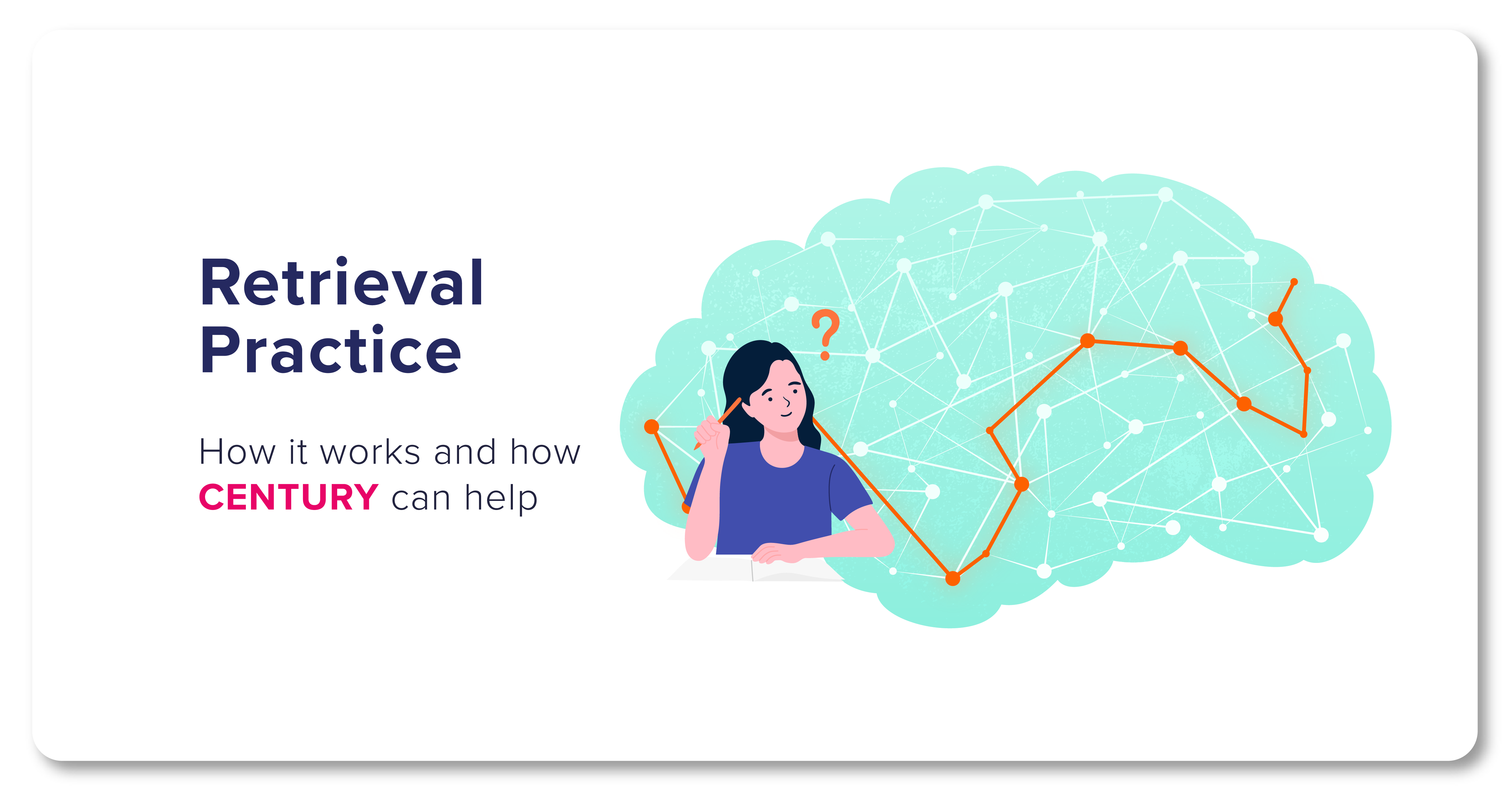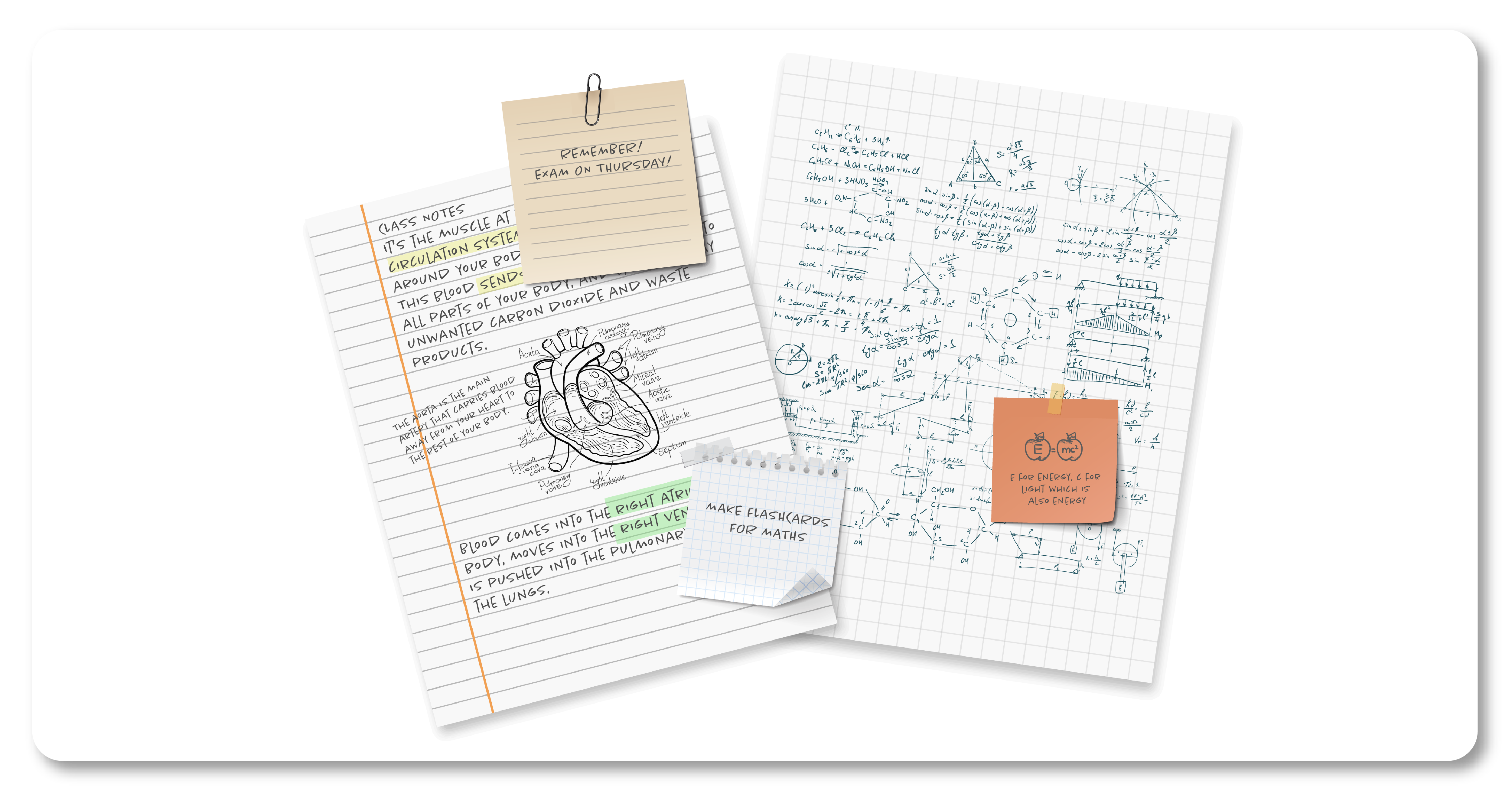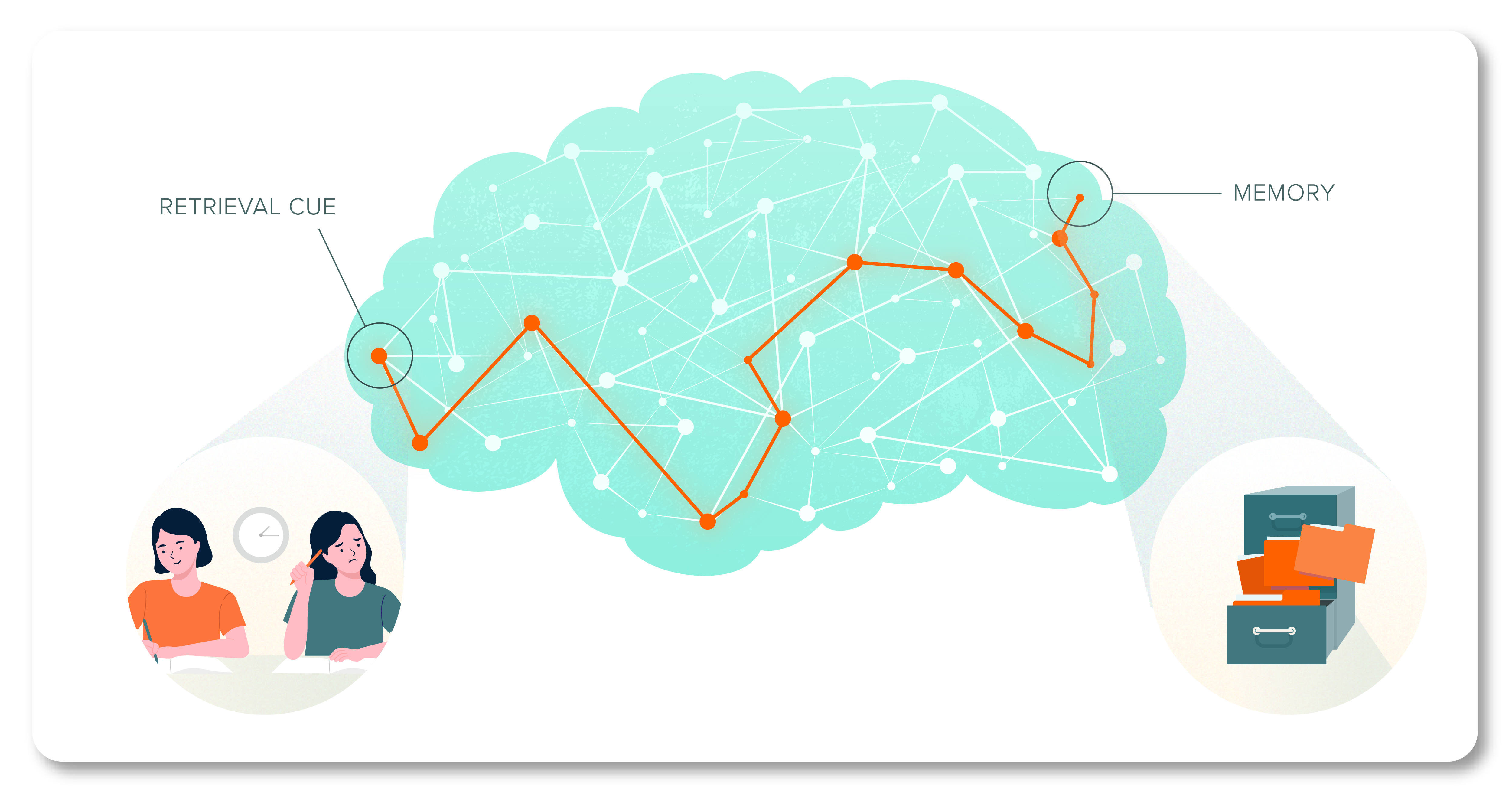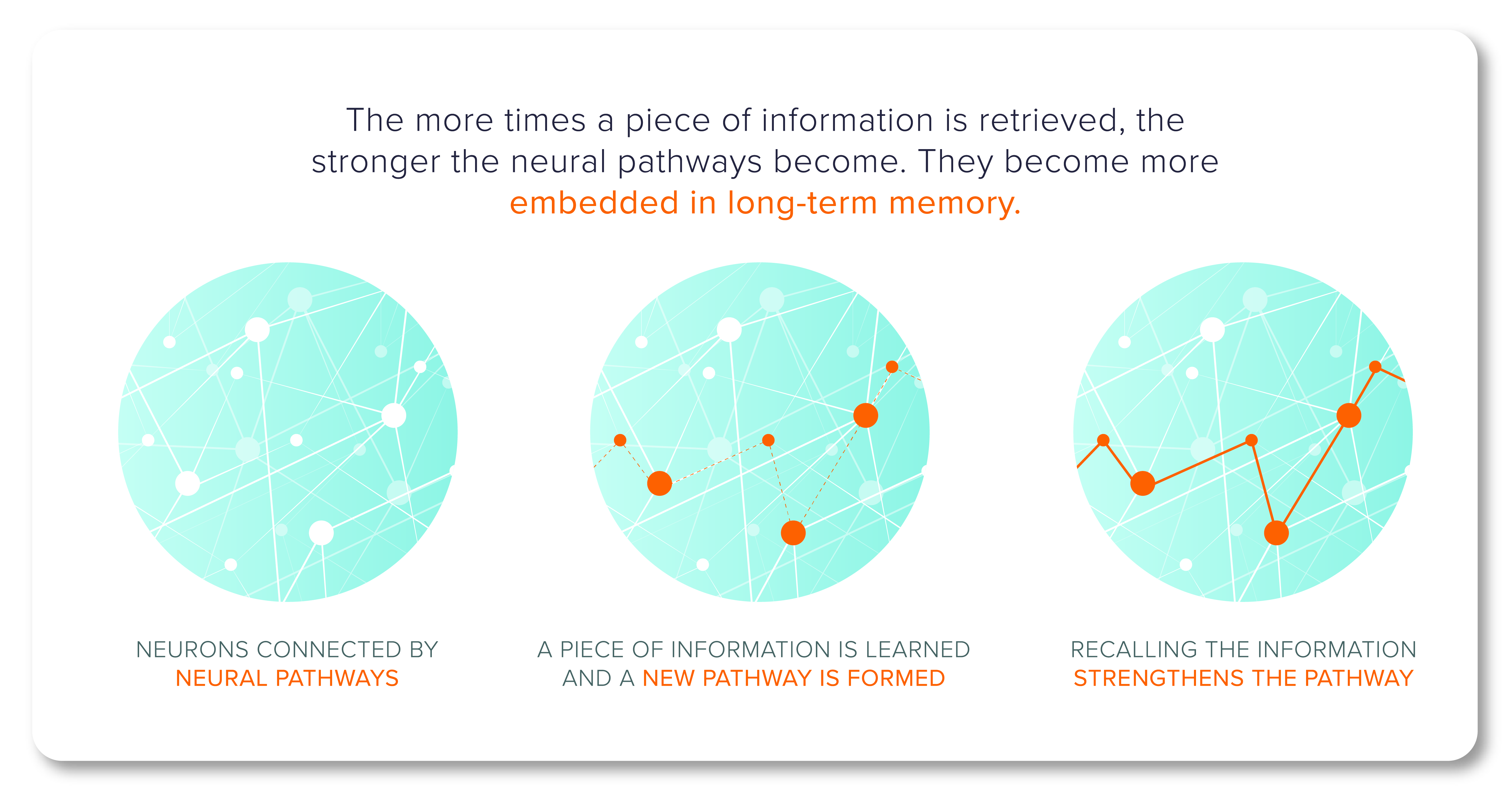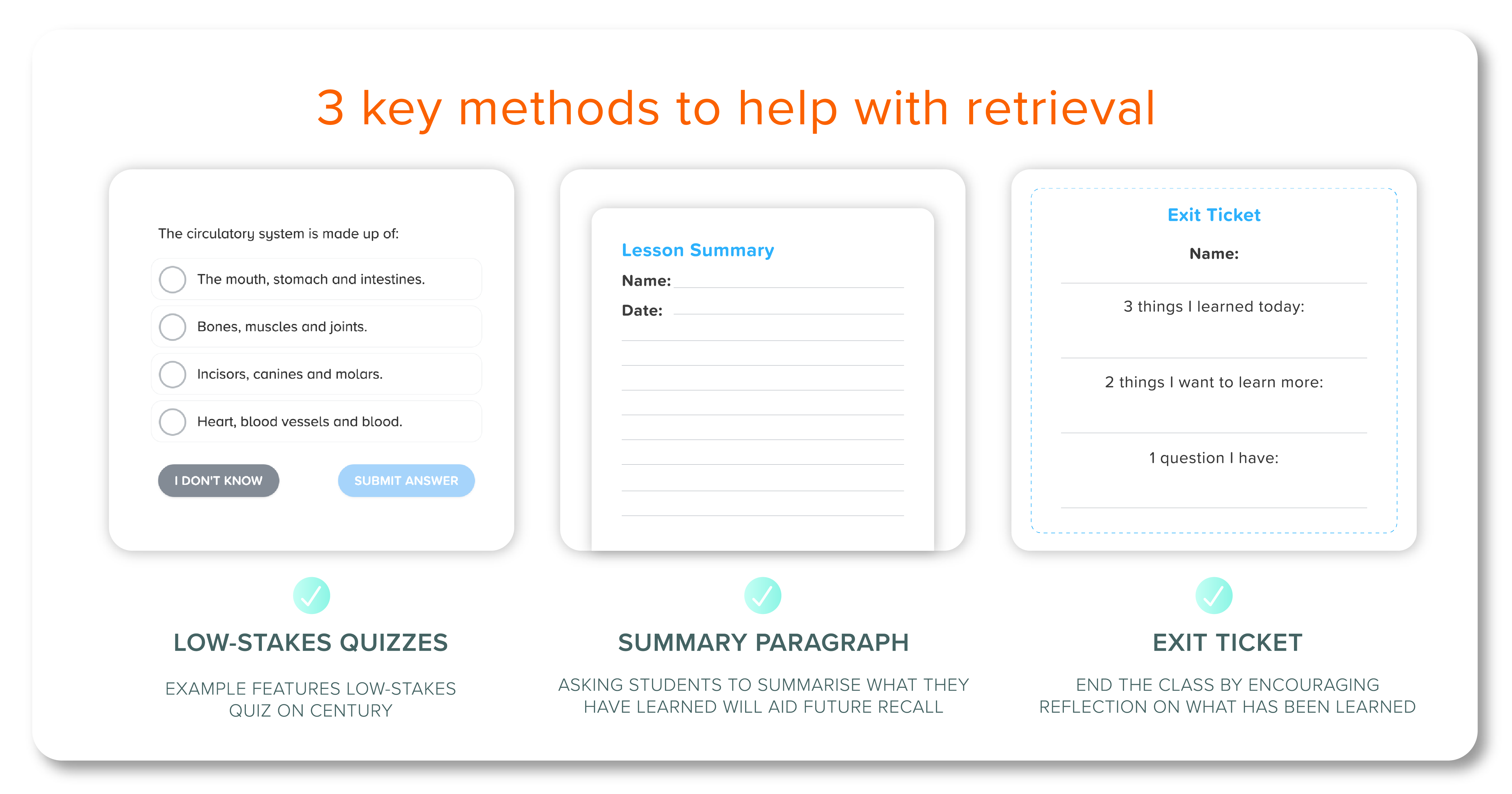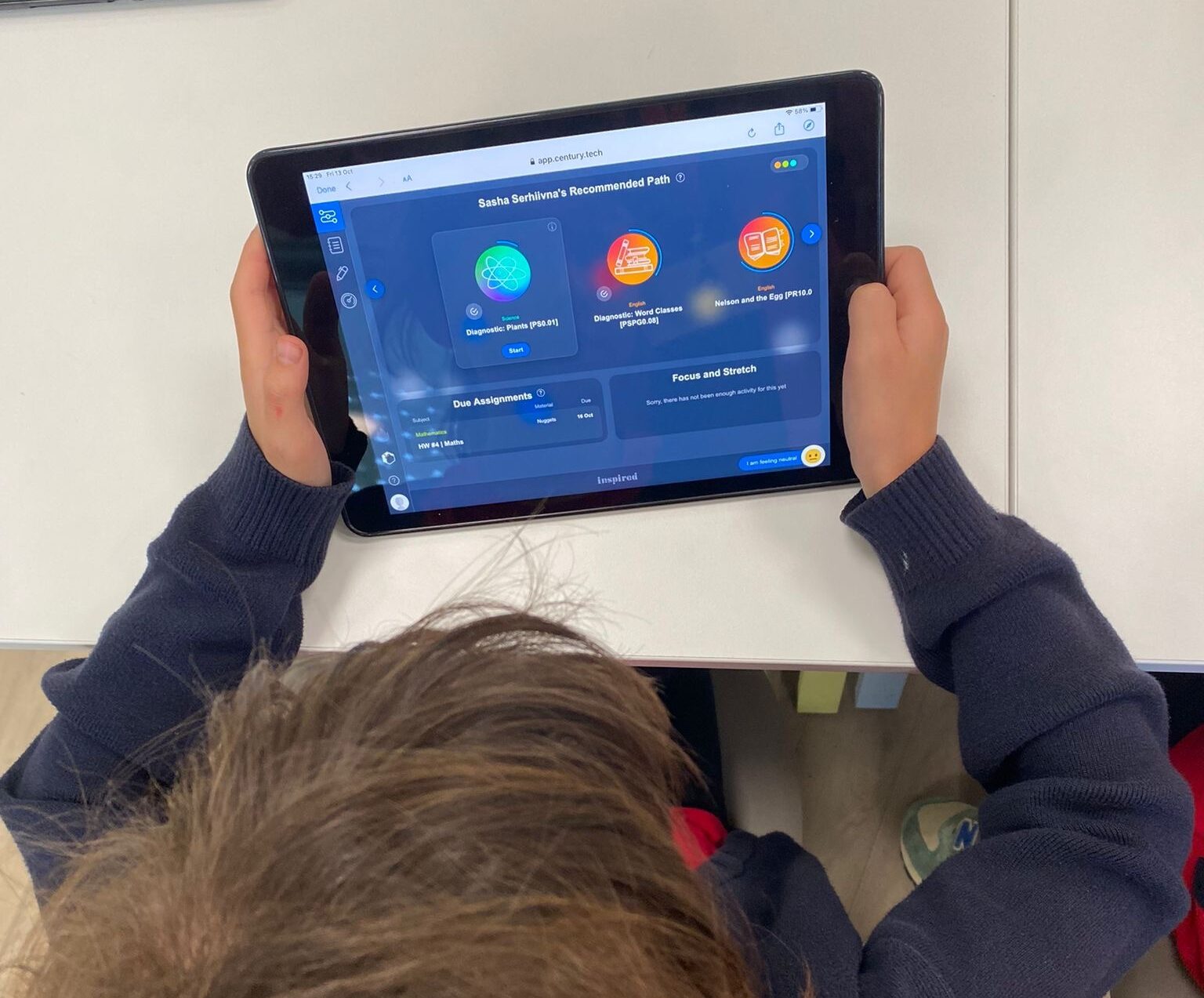Estimated reading time: 8 minutes
CENTURY’s expert teachers have previously written about the major challenge teachers face in supporting students to retain the information they’ve been taught, while educators regularly ask students to revise a topic in advance of an assessment. One of the key methods to help with long term memory retention is retrieval practice.
If you’ve spent time in a classroom, you will know that many students’ preferred method of recalling information is re-reading their notes and highlighting key points. It is not long into the revision session before whole pages of notes have been transformed into a sea of colour. But is this the most effective method?
Brad Busch, Director of Inner Drive, a market leader for Teaching and Learning CPD, has highlighted leading research on students’ preferred revision techniques, showing that re-reading notes is the go-to strategy for over half of students, with a further third using that method alongside other techniques. Learners like this method as it gives them the "illusion of knowing". However, while they may find that material is well learned in the moment, it has little long-term deep memory strength and may well evaporate soon after initial learning. Recalling material with retrieval practice makes it more likely that memory is retained into the future.
Retrieval practice can be a useful tool in a teacher’s toolkit, when used effectively. Below are some examples of how teachers can make the most of it as an approach.
What is ‘Retrieval Practice’?
Retrieval practice is the process of recalling memories and applying them to a task. It is one of the most powerful and effective learning strategies in the classroom. The concept of retrieval practice is not new to teachers. However, discussions are becoming more commonplace about how technology can help to embed it systematically into teaching such a knowledge-rich curriculum.
How it works
In a previous blog post, CENTURY teamed up with teachers from our schools to explain the science behind learning. Whenever we learn a new piece of information, a pathway between neurons is formed in the brain. These pathways represent memories. When we are asked to recall a memory, the brain has to actively find the pathway for a specific memory to retrieve it.
In order to illustrate this concept to her learners and make them put away their beloved highlighters once and for all, Diane Dahl, an experienced teacher, represented the process of retrieval practice by asking students to study an area of a map in detail. The map was then removed and she asked students to find their way to that particular area. The students struggled because they had been more focused on the knowledge itself, rather than how to get there. In this analogy, the area of the map is the information or memory, while the route is the neural pathway that allows us to access that information.
In order to retain information for longer periods, practising the recall of information is critical. Repeated testing involves searching the long-term memory and triggering a retrieval process. This allows information to be more accessible and easier to remember.
Another reason why retrieval practice is a key strategy to help students retain vital information is because the effort of recalling helps strengthen the memory. In the words of Brad Busch, students may prefer to revise a topic where retrieval feels easy, but evidence suggests it needs to be “difficult but successful”.
Suggestions for boosting memory
Testing memory, however, doesn’t need to involve any high-stakes testing or assessment. Many teachers already use retrieval practice in a number of different ways in their classroom, such as asking students to review what has been learned in that day’s lesson. This can be a powerful tool in the battle against forgetting that information. Our team of expert teachers at CENTURY have used different approaches in the classroom, including:
- Setting low-stakes quizzes;
- Asking students to write a short paragraph reflecting on what they have learned;
- Asking students to complete an exit ticket.
Any teacher will know that most students tend to be blind to the areas that they should focus on for revision. Instead they will most likely be drawn to reviewing areas they already know well or enjoy. Instead, they need to focus on topics they don’t know well and areas they find particularly challenging. CENTURY allows teachers to suggest nuggets to students for retrieval. It also recommends nuggets as a memory boost to students who need to review a specific area at the optimum time.
For retrieval practice to be really effective, students need to receive feedback, challenging any potential misconceptions. This can be difficult to provide to a class of students with different needs or areas for improvement. CENTURY can help with retrieval practice and revision by suggesting what students should study next.
CENTURY recommends nuggets to learners based on where they need to improve, and automatically marks them to provide instant feedback. This also can free up teachers to make necessary interventions.
Download the above images in a useful infographic in the Resource Hub for students here, and for teachers here. Book a demo to find out more here.
Kate Lewis is Deputy Head of Curriculum at CENTURY Tech.
